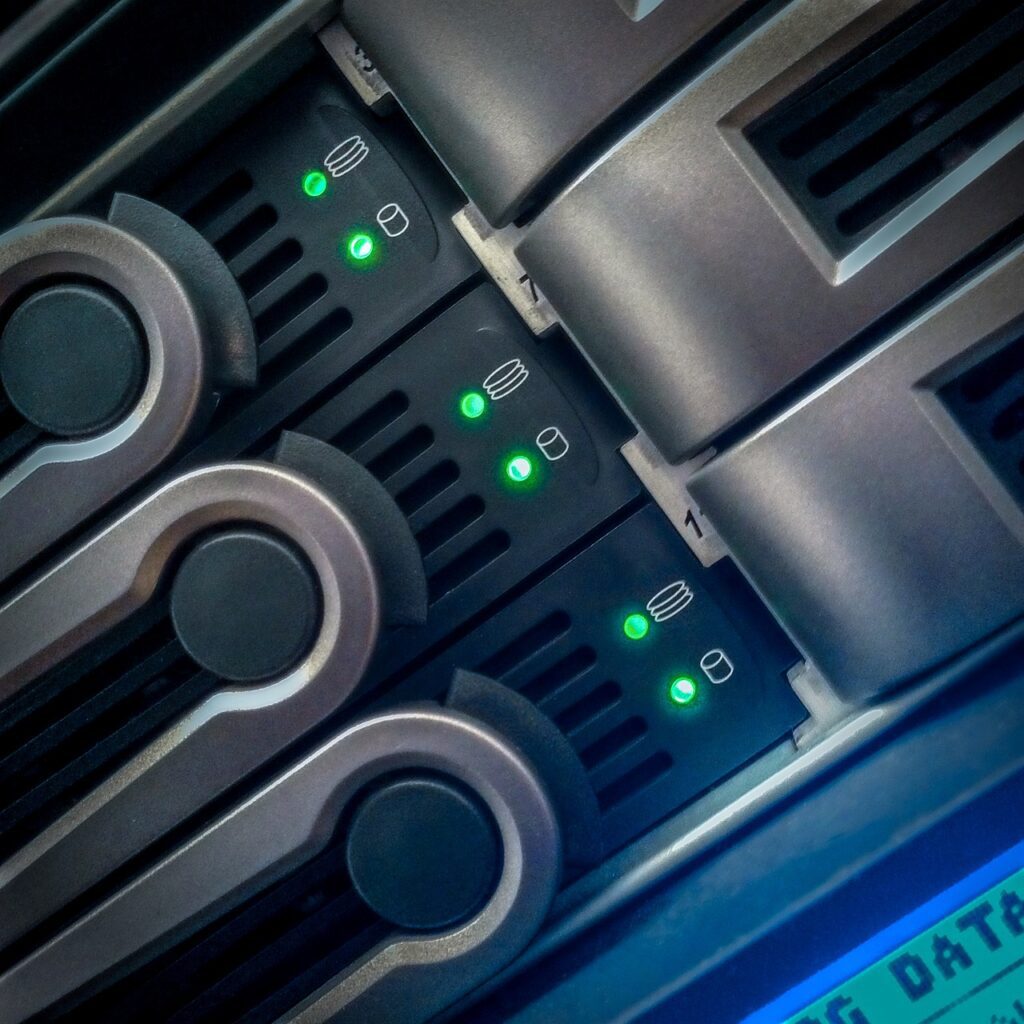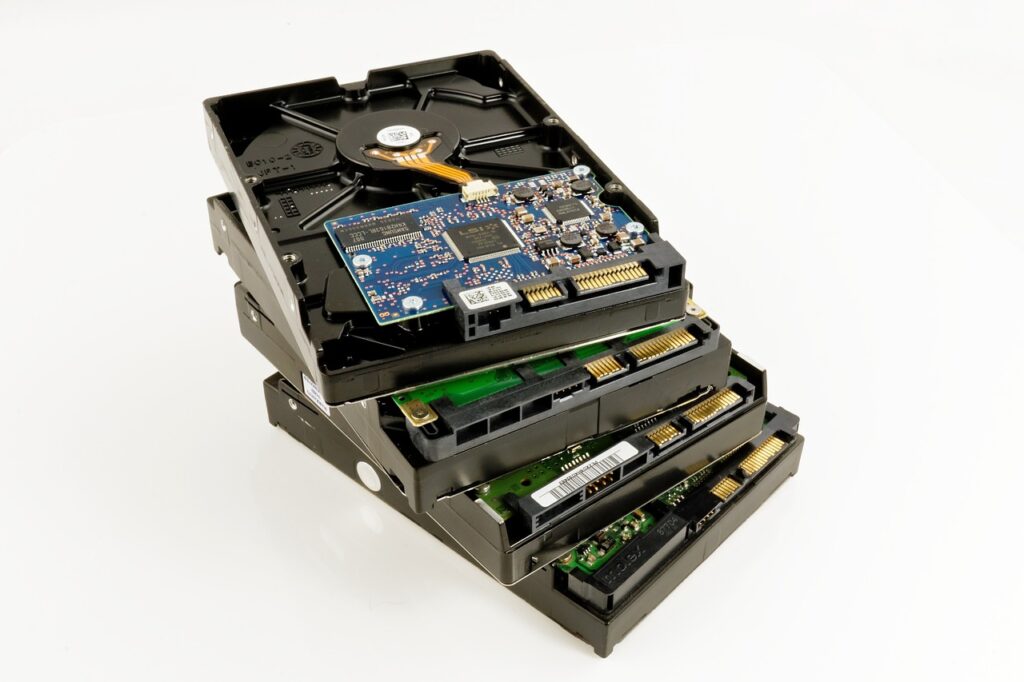Speed Meets Capacity: Best Pendrives, Hard Drives & SSDs in One Place”
In today’s digital world, the demand for efficient, portable, and reliable storage solutions has skyrocketed. Among various storage options available, USB flash drives, also known as pen drives or thumb drives, stand out due to their convenience, affordability, and ease of use. Whether you need to transfer documents, back up important data, or carry multimedia files on the go, USB flash drives have become indispensable.

What is a USB Flash Drive?
A USB flash drive is a small, portable device that uses flash memory to store data. It connects to computers and other devices via a USB port and functions as an external storage medium. Unlike traditional hard drives, flash drives have no moving parts, making them more durable and faster in data access.
Evolution of USB Flash Drives
Since their introduction in the early 2000s, USB flash drives have undergone significant transformation:
- Storage Capacity: Early flash drives had capacities of 8MB to 64MB. Today, they can store up to 2TB of data, with even larger capacities on the horizon.
- Speed: USB 1.0 and 2.0 standards were limited in data transfer speed, but with USB 3.0, 3.1, and the latest USB-C interfaces, speeds have increased dramatically.
- Design: From simple rectangular designs to key-shaped, card-style, and even novelty shapes, USB drives now come in a variety of forms.

Key Features of USB Flash Drives
- Portability: Small and lightweight, USB drives can easily fit into a pocket or attach to a keychain.
- Plug-and-Play: Most modern operating systems recognize USB flash drives instantly, making data transfer quick and hassle-free.
- Durability: Flash drives are generally resistant to shocks, magnetic fields, and temperature variations.
- Security: Many USB drives offer encryption and password protection features to safeguard sensitive information.
Common Uses of USB Flash Drives
- Data Transfer: Quickly move files between devices without needing an internet connection.
- Backup: Keep a backup of important files for easy restoration in case of data loss.
- Media Storage: Store and play music, videos, and photos on compatible devices.
- Bootable Drives: Create bootable USB drives for installing or repairing operating systems.
- Portable Applications: Run portable software directly from the USB drive without installation.
How to Choose the Right USB Flash Drive
When selecting a USB flash drive, consider the following factors:
- Capacity: Choose a drive with sufficient storage based on your needs—whether for documents, multimedia, or software.
- Speed: Opt for USB 3.0 or higher for faster read/write speeds.
- Durability: Look for drives with metal casings or rubberized exteriors for better protection.
- Security Features: If you handle sensitive data, consider a drive with built-in encryption and password protection.
- Compatibility: Ensure that the drive is compatible with your devices’ USB ports, whether standard USB-A or USB-C.
Maintenance Tips for USB Flash Drives
- Eject Properly: Always eject the drive safely to avoid data corruption.
- Avoid Physical Damage: Handle the drive carefully and store it in a protective case when not in use.
- Scan for Malware: Regularly scan your USB drive for viruses and malware to prevent spreading infections.
The Future of USB Flash Drives
Despite the rise of cloud storage, USB flash drives continue to evolve. Innovations in storage technology promise even higher capacities and faster speeds. USB-C drives are becoming more popular due to their universal compatibility, and features like biometric security and waterproof designs are enhancing their utility

Understanding Hard Drives: The Backbone of Data Storage
Introduction
In the digital age, data is an essential part of daily life, from personal photos to business-critical documents. Hard drives, both internal and external, serve as the primary medium for storing vast amounts of data. Despite the rise of solid-state drives (SSDs) and cloud storage, hard disk drives (HDDs) remain widely used due to their affordability and high storage capacity.
What is a Hard Drive?
A hard drive, also known as a hard disk drive (HDD), is a non-volatile storage device that retains data even when powered off. It consists of spinning magnetic disks (platters) and a read/write head that moves across the platters to access or record data. Hard drives are typically housed inside computers, but external versions are also available for portable storage.
Types of Hard Drives
- Internal Hard Drives:
- Installed inside a computer or laptop.
- Used for operating systems, applications, and personal files.
- External Hard Drives:
- Connected via USB, Thunderbolt, or other ports.
- Ideal for backups, data transfers, and additional storage.
- Hybrid Drives (SSHD):
- Combine traditional HDD storage with a small amount of SSD cache.
- Offer a balance between speed and storage capacity.
Key Features of Hard Drives
- Capacity: Hard drives offer large storage capacities, typically ranging from 500GB to 20TB.
- Cost-Effectiveness: Compared to SSDs, HDDs provide more storage at a lower cost per gigabyte.
- Longevity: With proper care, hard drives can last several years, although they are more prone to mechanical failure than SSDs.
- Data Recovery: In cases of data corruption or accidental deletion, data recovery services can often retrieve lost files from HDDs.
Common Uses of Hard Drives
- Primary Storage: Internal hard drives serve as the main storage for desktops and laptops, holding the operating system, software, and files.
- Backup Solutions: External hard drives are widely used for backing up data to prevent data loss.
- Media Storage: Due to their high capacity, hard drives are ideal for storing large multimedia files such as movies, music libraries, and photo collections.
- Gaming: Gamers use large-capacity hard drives to store games, which can often require hundreds of gigabytes.

How to Choose the Right Hard Drive
When selecting a hard drive, consider the following factors:
- Capacity: Determine how much storage you need based on your use case.
- Speed: Look for drives with higher RPM (revolutions per minute) for faster read/write performance. Common RPMs are 5400 and 7200.
- Interface: Ensure compatibility with your device’s connection ports—SATA for internal drives and USB or Thunderbolt for external drives.
- Reliability: Check reviews and brand reputation to ensure long-term reliability.
- Form Factor: Hard drives come in two main sizes—2.5 inches (laptops and external drives) and 3.5 inches (desktops).
Maintenance Tips for Hard Drives
- Regular Backups: Always back up important data to avoid loss in case of failure.
- Defragmentation: Periodically defragment your hard drive to optimize performance (for Windows users).
- Avoid Physical Damage: Handle external hard drives carefully and avoid dropping them.
- Monitor Health: Use software tools to monitor your hard drive’s health and detect potential issues early.
- Keep it Cool: Ensure proper ventilation to prevent overheating, which can reduce lifespan.
Comparing Hard Drives with SSDs
While SSDs are faster, more durable, and consume less power, hard drives offer larger storage capacities at a fraction of the cost. For users requiring large amounts of storage, such as video editors and data hoarders, hard drives remain a preferred choice. Many users adopt a hybrid approach, using an SSD for the operating system and an HDD for bulk storage.
Future of Hard Drives
Despite the growing popularity of SSDs, hard drives are evolving with advancements in storage technology. Emerging technologies like HAMR (Heat-Assisted Magnetic Recording) and MAMR (Microwave-Assisted Magnetic Recording) promise to increase hard drive capacities even further. Additionally, enterprise-grade hard drives are being developed to meet the needs of data centers and cloud storage providers.

The Rise of Solid-State Drives (SSDs) and Their Future in Data Storage
Introduction
Solid-State Drives (SSDs) have revolutionized data storage, offering faster speeds, enhanced durability, and greater reliability compared to traditional Hard Disk Drives (HDDs). As digital ecosystems expand and require faster data access, SSDs have become the preferred storage solution for personal, professional, and enterprise use. This blog explores the rise of SSDs, their current applications, and the exciting prospects for their future.
What is an SSD?
An SSD is a type of non-volatile storage device that uses flash memory to store data. Unlike HDDs, SSDs have no moving parts, resulting in faster performance and greater resistance to physical damage. SSDs use NAND-based flash memory, which allows data to be written, read, and erased electronically.
Advantages of SSDs
- Speed: SSDs offer significantly faster read and write speeds compared to HDDs. This results in quicker boot times, faster file transfers, and improved overall system responsiveness.
- Durability: With no mechanical components, SSDs are less prone to physical failure due to shocks or drops.
- Energy Efficiency: SSDs consume less power than traditional hard drives, making them ideal for laptops and mobile devices.
- Silent Operation: Unlike HDDs, which produce noise due to spinning platters, SSDs operate silently.
- Compact Design: SSDs are available in various compact form factors, such as M.2 and NVMe, allowing for slimmer devices and better space utilization.
Common Uses of SSDs
- Personal Computers: SSDs have become standard in modern laptops and desktops, improving performance for everyday tasks.
- Gaming: Gamers benefit from SSDs due to faster load times and smoother gameplay.
- Content Creation: Professionals working with large multimedia files, such as video editors and graphic designers, use SSDs for faster data access and editing.
- Enterprise Solutions: Data centers and cloud providers leverage SSDs for faster data processing, reducing latency and improving service delivery.
- Portable Storage: External SSDs offer fast, reliable, and portable storage solutions for backing up data and transferring large files.
Types of SSDs
- SATA SSDs: The first generation of SSDs, which use the SATA interface. While faster than HDDs, they are limited by the SATA connection’s bandwidth.
- NVMe SSDs: These SSDs use the PCIe interface, offering much faster data transfer rates and lower latency.
- M.2 SSDs: A compact form factor that can support both SATA and NVMe interfaces, making it ideal for thin and lightweight devices.
- U.2 SSDs: Primarily used in enterprise environments, U.2 SSDs offer high capacity and performance.

The Future of SSDs
- Increased Storage Capacity: With advancements in NAND technology, SSD capacities continue to grow. Multi-level cell (MLC), triple-level cell (TLC), and quad-level cell (QLC) technologies are enabling larger capacities at lower costs.
- Lower Costs: As production scales and new technologies emerge, the cost of SSDs is expected to decrease, making high-capacity SSDs more affordable for consumers.
- Emerging Interfaces: The introduction of faster interfaces like PCIe Gen 5 and beyond will further boost SSD performance, reducing latency and increasing bandwidth.
- Adoption in New Markets: Beyond traditional computing, SSDs will find applications in autonomous vehicles, edge computing, IoT devices, and AI-driven systems that require real-time data processing.
- Durability Enhancements: Future SSDs will incorporate technologies that increase write endurance and data retention, making them even more reliable for long-term use.
- Energy Efficiency Improvements: As energy consumption becomes a critical factor in data centers and mobile devices, SSD manufacturers will focus on developing more energy-efficient drives.
Challenges and Considerations
- Write Endurance: While SSDs are durable, they have a finite number of write cycles. Advancements in controller technology and error correction are addressing this issue.
- Data Recovery: Unlike HDDs, recovering data from a failed SSD can be more difficult and expensive.
- Cost per GB: Although SSD prices are dropping, HDDs still offer a lower cost per gigabyte, making them preferable for archival storage.

Conclusion
SSDs have already transformed how data is stored and accessed, offering unparalleled speed and reliability. As technology continues to advance, SSDs will become even more prevalent across various industries and applications. With larger capacities, faster speeds, and lower costs on the horizon, the future of SSDs looks promising. Whether you are a casual user, a professional, or an enterprise seeking robust storage solutions, SSDs will continue to play a pivotal role in meeting your data storage needs.
